This Week in History recalls memorable and decisive events and personalities of the past.
12th March 1968 – Mauritius gains independence from the United Kingdom
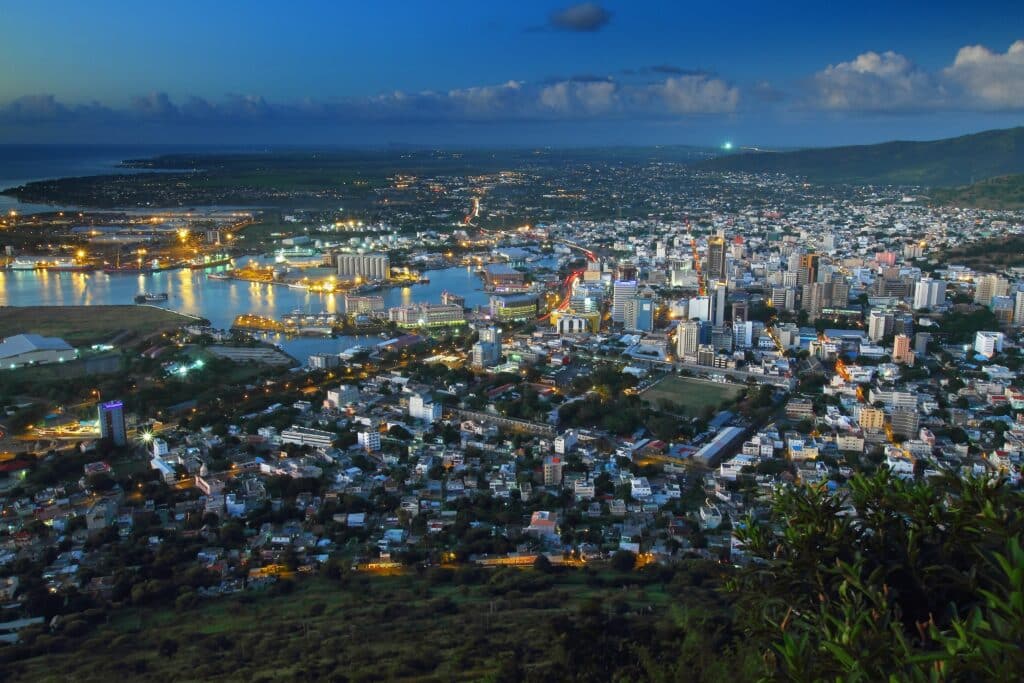
Port Louis, the capital of Mauritius [Peter Kuchar, https://commons.wikimedia.org/w/index.php?curid=17949103]
The island of Mauritius was possibly first discovered by Austronesian migrants who crossed vast expanses of the world’s oceans. Originating in Taiwan, these peoples spread out across the Pacific Ocean to create the Polynesian cultures, as well as venturing to Indonesia, and even all the way across the Indian Ocean to Madagascar. This migration however is poorly understood as it took place between 1500 and 1000 BC, and, as the Polynesians possessed no writing, archaeological, linguistic and genetic evidence is all we have.
Map outlining migratory paths of Austronesian populations, including estimated dates [Kikilipse, https://commons.wikimedia.org/w/index.php?curid=108783881]
It is unlikely the Austronesians settled the island, and it would remain undisturbed by humans until sometime around the year 1000 AD when Arab sailors crossing the Indian Ocean between India and Africa mapped and likely visited the island.
The island was next visited by Portuguese sailors during their exploration of the Indian Ocean in the 1500s. The first recorded person whose name we know to set foot upon Mauritius was a Portuguese captain called Diogo Fernandes Pereira, who arrived on the island in 1507. Shortly thereafter the Portuguese would establish a stopover station on the island, and they became ,kthe first recorded settlers of Mauritius.

Pedro Mascarenhas, Viceroy of Portuguese India and namesake of the Mascarene Islands, which belong to Mauritius
However, the white sandy beaches and warm tropical climate were not enough to keep the Portuguese on the island. The island was fairly isolated, far from the preferred Portuguese travel routes, and most of its lagoons were protected by coral reefs which presented a danger to ships. Soon after its settlement, the Portuguese abandoned the island.
The next people to arrive on the island were the Dutch, who came across the island in 1598 while on an expedition to Indonesia to trade spices. On 20 September 1598 Dutch ships under the command of Admiral Jacques Cornelius van Neck made anchor in a sheltered bay on the island. They would name the island after the ruler of the Dutch Republic at the time, Maurice, Prince of Orange, and so the island would become known from then on as Mauritius.

Dutch activities on Mauritius in a portrayal of 1601, which was also the first published depiction of a dodo
Mauritius became a regular stop-over for Dutch ships travelling to the East, but the island was not permanently settled for many years to come.
The Dutch established a permanent settlement on the island in 1638, but the small colony was beset by problems. The Dutch tried to at first set the island up as an ebony wood export colony and some Malagasy slaves were brought in to chop wood. Of the 105 brought over, 40 would escape into the interior of the island, never to be recaptured.
Cyclones, bad harvests and disease troubled the colony and it was ordered abandoned in 1658.
A new colony was established in 1666, but this too struggled to establish itself.
Finally, after decades of failure, the Dutch permanently abandoned the island in 1710.
It was during the Dutch settlement that the most famous native animal, the flightless dodo bird, was driven to extinction. The reasons for the extinction are not clear. The bird was fearless of humans, having evolved in an isolated environment with no real predators.
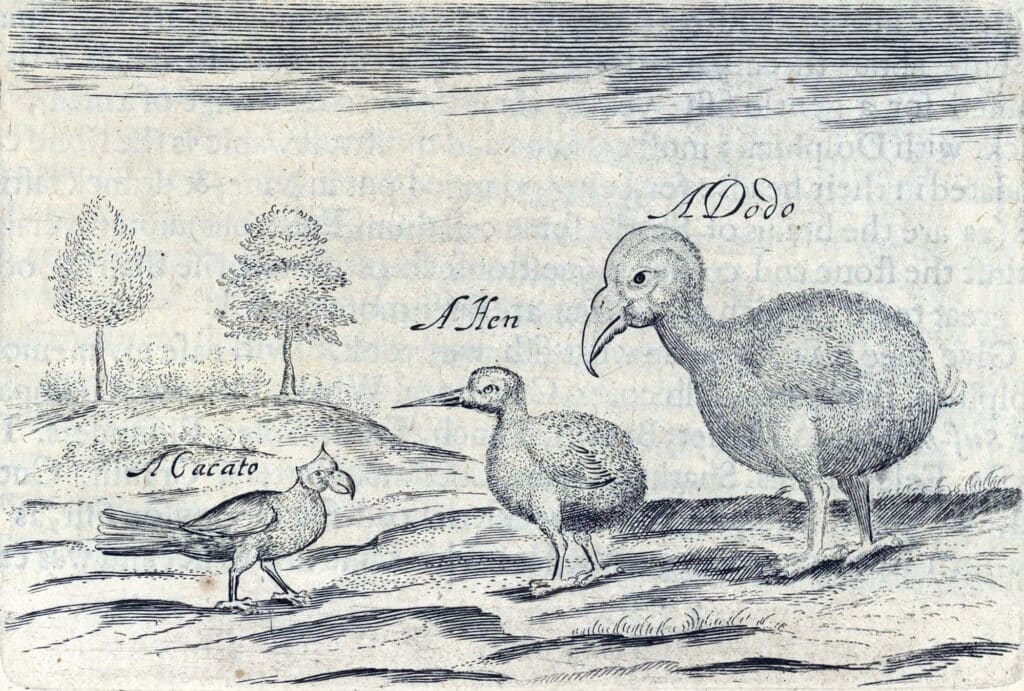
Labelled sketch from 1634 by Sir Thomas Herbert, showing a broad-billed parrot, a red rail, and a dodo
The exact date of the dodo’s extinction is also unknown as the last sighting was in 1688. Despite being large and easy to catch there is little evidence that most of the birds were hunted extensively by humans. More likely, the birds were driven to extinction by the introduction of animals such as cats, pigs, monkeys, and dogs, who either hunted the birds directly or competed with them for food.
In 1715 the French landed on the now abandoned island under the command of Guillaume Dufresne d’Arsel, and claimed the island for France. Mauritius was renamed ‘Isle de France’, but this name did not stick outside of France.
In 1721 the French settled the island permanently and began a spice plantation, featuring pepper, cinnamon and cloves. The modern-day capital of the island, Port Louis, was established in 1735 on the site of a previous Dutch settlement. This became a French shipbuilding and naval base.
Slaves were brought over from Africa during French rule, and in the early 19th century, there were around 60 000 slaves on the island accounting for 80% of the population.
During the Napoleonic wars (1803-1815) between France and Britian, the island was used as a base by French pirates to harass British ships travelling to and from India.
In 1808 the British sent a frigate squadron under the command of Josias Rowley, who battled the French on the islands of Mauritius, and the nearby island of Reunion.
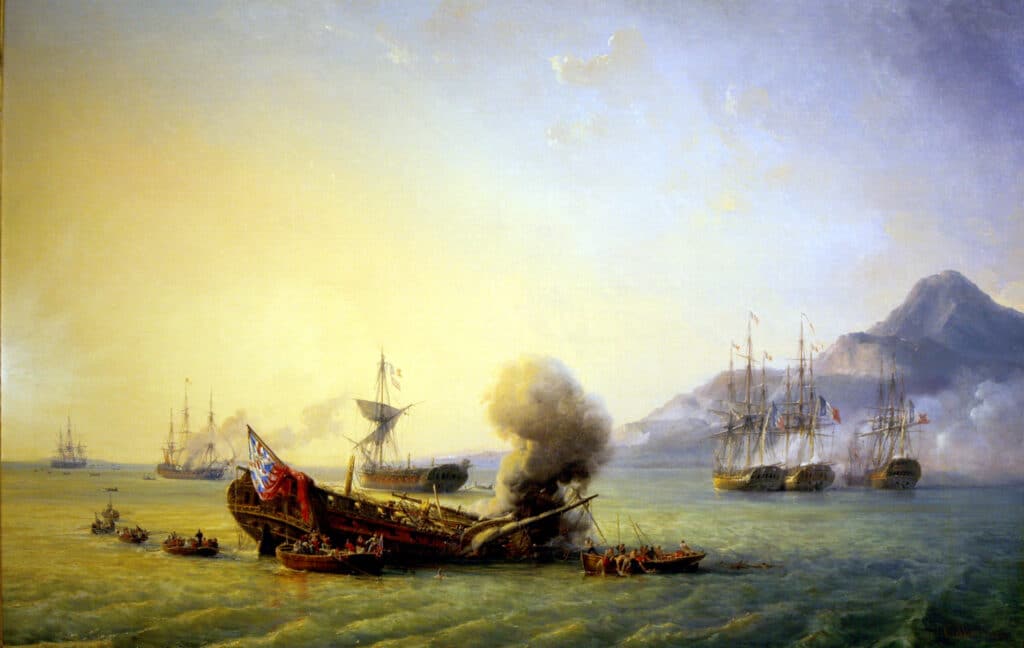
The Battle of Grand Port between French and British naval forces, in late August 1810
The French defended the islands and raided British ships with a squadron commanded by Jacques Hamelin.
After numerous battles and attacks on harbours, the British gained the upper hand and in 1810 they captured the island. After its capture, it was renamed officially back to Mauritius.
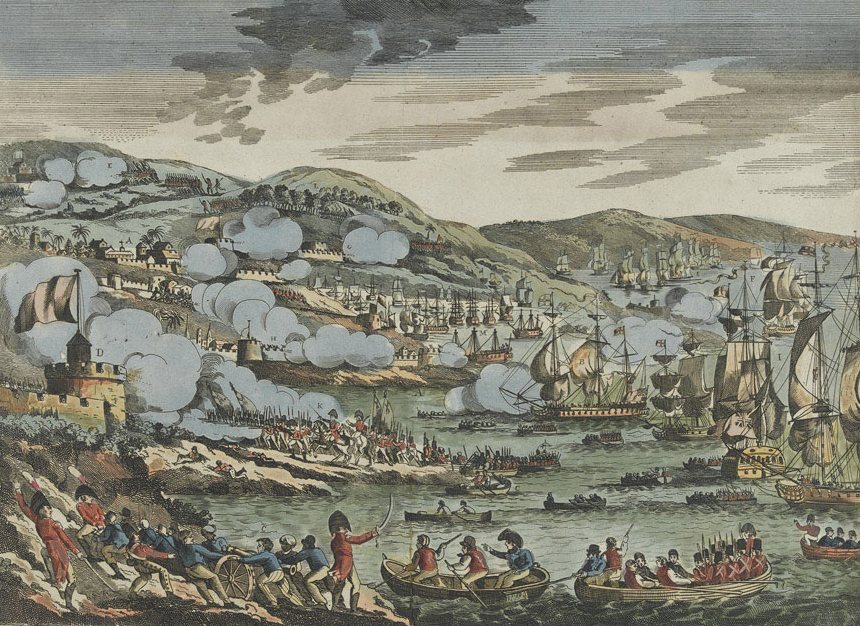
British forces seizing the Isle of France on 2 December 1810
The Treaty of Paris in 1814 confirmed British rule over the island and it would become a British colony from then on. The British however did not wish to root out the local institutions and so left the island’s government much as it was, including having French as the main language. Today Mauritius uses both English and French in its parliament.
In 1828 the British abolished the colour bar on the island and at least on paper gave equal rights to the island’s free black and mixed-race inhabitants.
When the British abolished slavery in 1833, the island began looking for fresh sources of labour to work the growing sugar plantations on the island. The British imported indentured labourers of Chinese, Malay, African and Malagasy origin, but not enough could be found.
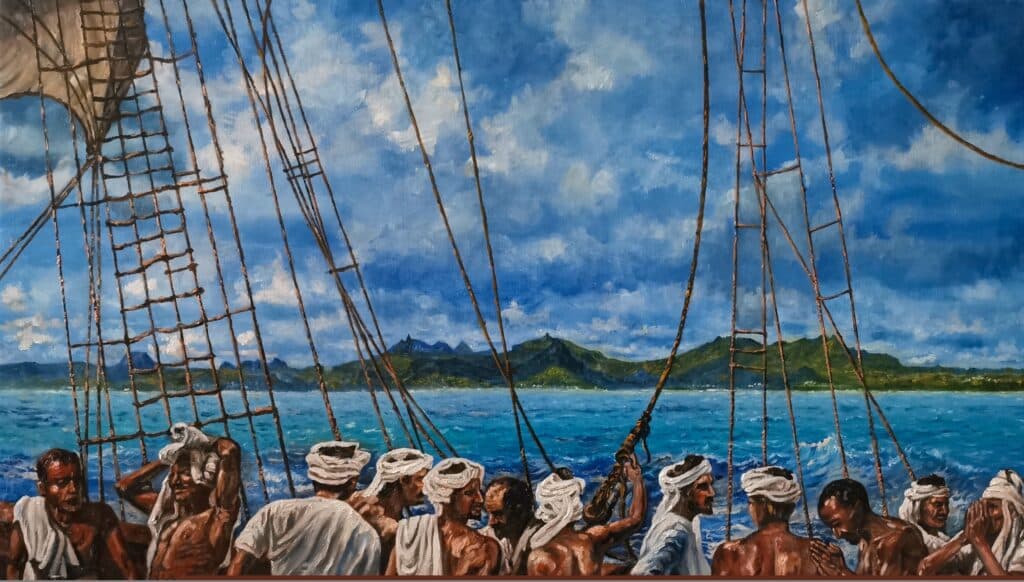
The first indentured Indian workers, in 1834 [Oderuth, https://commons.wikimedia.org/w/index.php?curid=102898578’]
Finally, however, the British turned to their colony in India to provide labour and it is from here that most modern people of Mauritius trace their origin. The Indian immigrants adopted the already existing Mauritian French creole as their language, and some converted to Christianity while others held onto their Islamic and Hindu faiths. Today Mauritius has Hinduism as its largest religion, with close to 50% of people adhering to that faith, while 32% are Christians and 17% are Muslim.
Major Indian migration to the island ended in 1924 when the British ended the indentured labour programme.
The mix of European, India, African and East Asian cultures on Mauritius created a wholly unique new culture which drew practice, words, faith and traditions from all of these places.
Maritius remained a British colony until the 1960s.
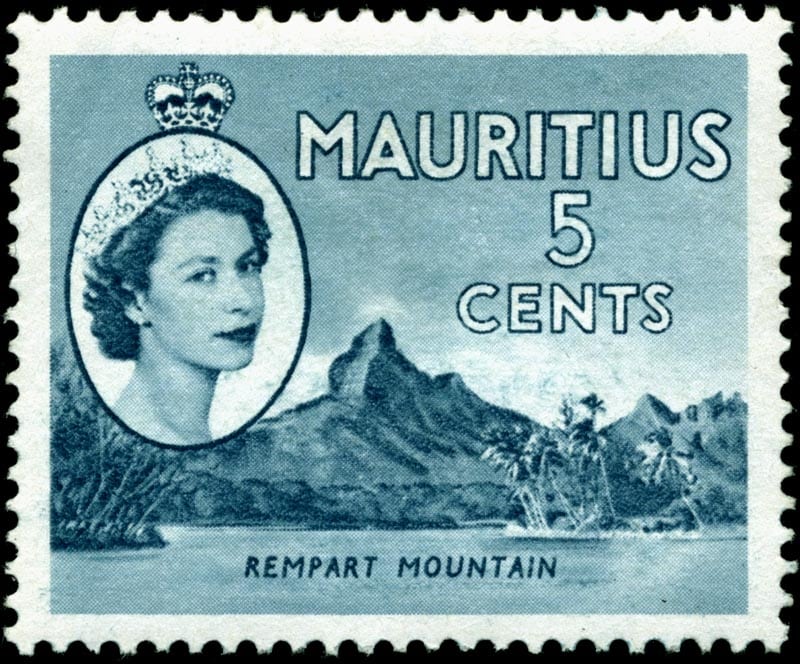
Elizabeth II was Queen of Mauritius from 1968 to 1992
In 1961, in the face of growing demands on the island for independence, the British granted the island self-government. Finally, on 12 March 1968, the island gained independence from the British, later to become the modern-day Republic of Mauritius.
If you like what you have just read, support the Daily Friend

